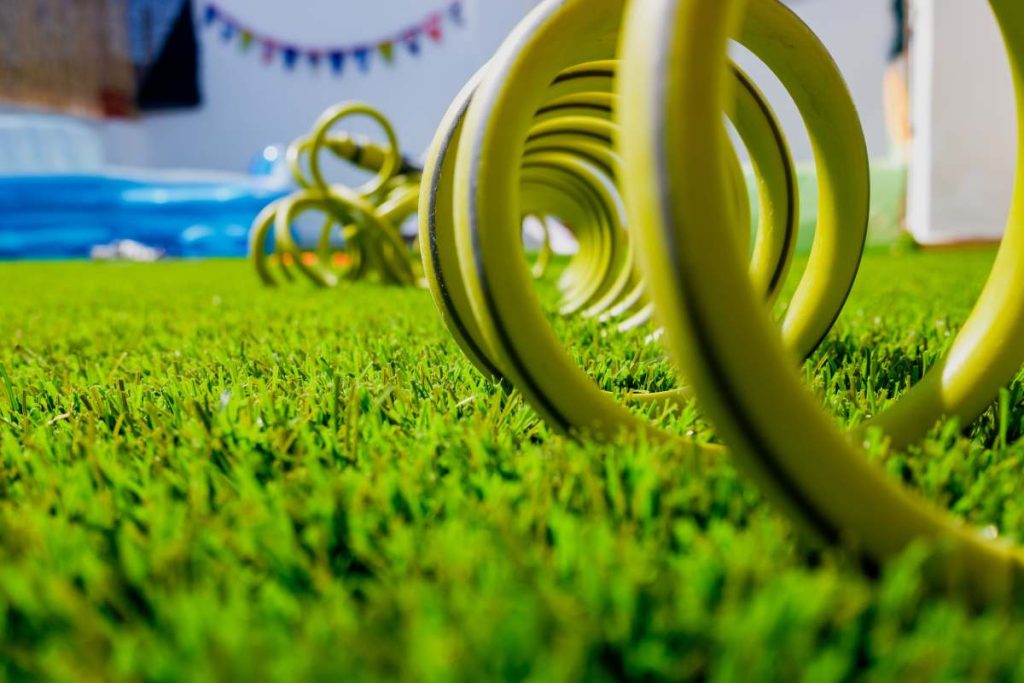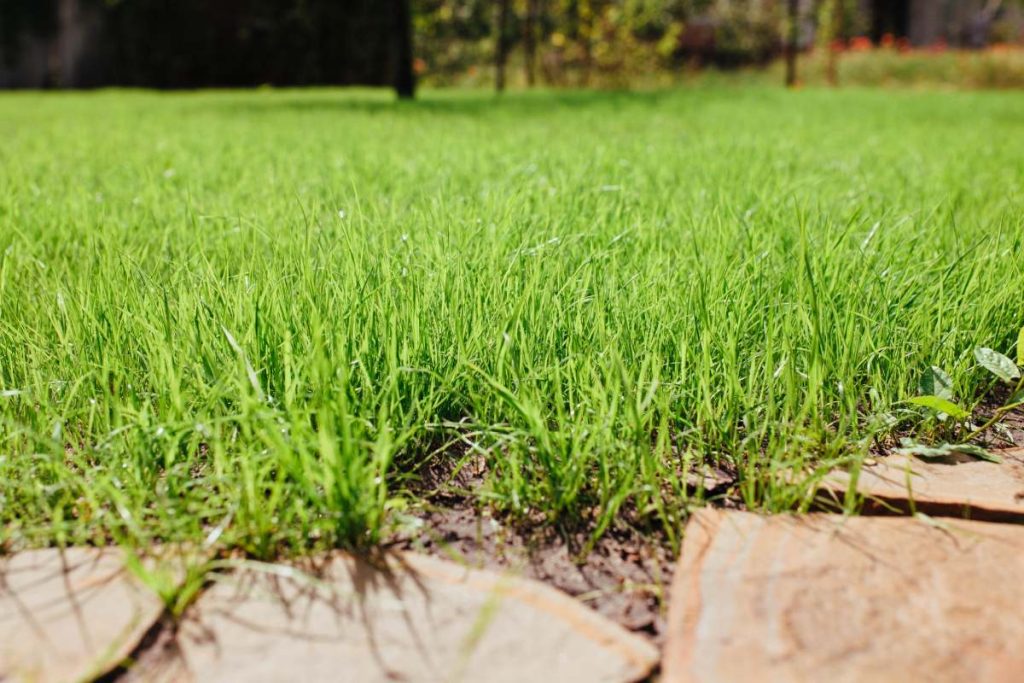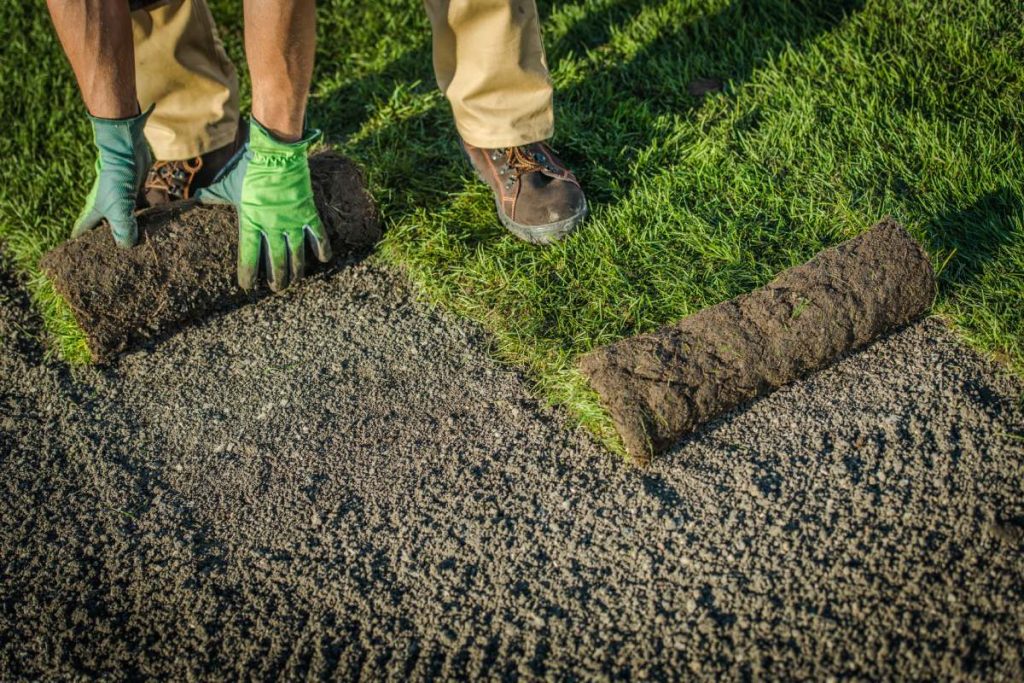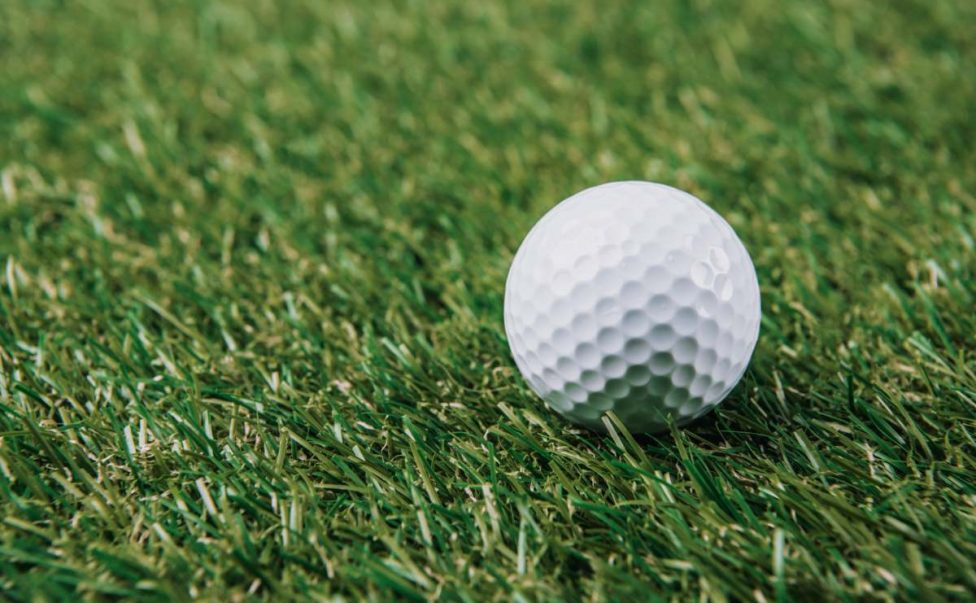Why should you consider grass turf over artificial turf and vice versa? Cost of laying turf?
Trying to choose between natural grass and artificial turf for your lawn can be pretty tough. Both have their pros and cons, and it all comes down to what you want, what you like, and how much you want to spend.
Natural grass looks great and is good for the environment, while artificial turf is low-maintenance and always looks perfect. In this article, we’ll talk about the advantages of each type of turf, compare their costs, and give you all the info you need to pick the right one for your outdoor space in Australia.
Let’s see why should you consider one thing over another.
You might also read:
Why should you consider article turf over grass turf?
Choosing artificial turf over natural grass is a decision many homeowners and businesses are making today. This choice can significantly impact your landscape’s appearance, maintenance, and overall environmental footprint. Here’s why you might want to consider artificial turf over grass turf:
1. Low Maintenance
One of the biggest advantages of artificial turf is its low maintenance requirements. Natural grass needs regular mowing, watering, fertilizing, and weed control. These tasks can be time-consuming and costly. Artificial turf, on the other hand, requires minimal upkeep. You might need to occasionally rinse it to remove dust or debris and brush it to keep the blades upright, but that’s about it. This can save you a lot of time and effort, making it ideal for busy homeowners or commercial properties.
2. Water Conservation
Watering a natural lawn can use up a significant amount of water, especially in dry climates. Artificial turf eliminates the need for regular watering, helping you conserve water and reduce your water bill. This is particularly beneficial in areas experiencing drought or water restrictions. By choosing artificial turf, you contribute to water conservation efforts and support sustainable landscaping practices.
3. Durability and Longevity
Artificial turf is designed to withstand heavy use and harsh weather conditions. High-quality artificial turf can last up to 15-20 years, making it a durable option for your lawn. It doesn’t get muddy, doesn’t develop bare spots, and can handle high traffic from kids, pets, and sports activities without showing wear and tear. This makes it a practical choice for families and businesses that need a resilient and reliable lawn surface.

4. Consistent Appearance
One of the most appealing aspects of artificial turf is its ability to maintain a lush, green appearance year-round. Natural grass can brown or develop patches due to weather changes, pests, or poor soil conditions. With artificial turf, you get a consistently beautiful lawn that looks good regardless of the season or weather conditions. This can enhance the curb appeal of your property and create a welcoming outdoor space.
5. Allergen-Free
For those with allergies, artificial turf can provide relief. Natural grass can harbour pollen, mould, and other allergens that trigger symptoms. Artificial turf, being synthetic, doesn’t produce pollen and can be a cleaner, allergen-free option. This makes it a great choice for families with allergy sufferers or anyone looking to create a more comfortable outdoor environment.
6. Environmentally Friendly Options
While some might worry about the environmental impact of artificial turf, there are eco-friendly options available. Many manufacturers use recycled materials to produce their turf, and the absence of pesticides, herbicides, and fertilizers in maintenance further reduces your environmental footprint. Additionally, because artificial turf doesn’t require gas-powered lawn equipment, you reduce your carbon emissions as well.
7. Cost-Effectiveness
Though the initial installation cost of artificial turf can be higher than planting natural grass, it often proves to be cost-effective in the long run. Without the need for regular watering, mowing, fertilizing, or pest control, your maintenance costs drop significantly. Over time, these savings can offset the initial investment, making artificial turf a financially smart choice.
Why should you consider grass turf over artificial turf?
While artificial turf has its advantages, natural grass turf also offers unique benefits that make it a preferred choice for many homeowners and businesses. Here’s why you might want to consider grass turf over artificial turf:
1. Natural Beauty
Natural grass provides a timeless, organic beauty that many find more appealing than synthetic alternatives. The look, feel, and scent of real grass can enhance your outdoor space in a way that artificial turf can’t replicate. For those who appreciate the aesthetic and sensory qualities of a natural lawn, grass turf is the clear choice.
2. Environmental Benefits
Grass turf plays a crucial role in the ecosystem. It helps filter pollutants from the air, produces oxygen, and absorbs carbon dioxide, contributing to improved air quality. Grass also aids in reducing heat through the process of evapotranspiration, which cools the surrounding air, making your outdoor space more comfortable during hot weather. Additionally, grass lawns provide habitats for various insects and wildlife, supporting biodiversity.
3. Soil Health and Erosion Control
A natural grass lawn helps maintain soil health by preventing erosion. The roots of grass plants stabilize the soil, reducing runoff and retaining moisture. This can be particularly important in areas prone to heavy rains or on sloped terrains. Over time, a well-maintained grass lawn can improve the quality of your soil, making it richer and more fertile.
4. Comfort and Safety
Many people find natural grass more comfortable underfoot compared to artificial turf. Grass provides a softer, cooler surface that is pleasant to walk, play, or relax on, particularly in hot weather when artificial turf can become uncomfortably warm. Additionally, grass is less abrasive than artificial turf, reducing the risk of scrapes and burns during activities such as sports or playtime.

5. Sustainability
While artificial turf can be made from recycled materials, natural grass is inherently biodegradable and sustainable. It requires no synthetic manufacturing processes, and at the end of its life cycle, grass simply decomposes, enriching the soil. For those who prioritize environmentally friendly practices, natural grass may be the better option.
6. Cost Considerations
The initial cost of installing natural grass is typically lower than that of artificial turf. Although natural grass does require ongoing maintenance, such as watering, mowing, and fertilizing, these tasks can often be managed with relatively low expenses, especially with efficient practices and tools. For some, the lower upfront cost and the ability to manage their lawn care budget over time make grass turf a more economical choice.
7. Regulation and Usage Concerns
In some areas, there are regulations or community guidelines that favour natural grass over artificial turf. These can include zoning laws, homeowners’ association rules, or municipal codes that restrict the use of artificial turf. Additionally, some users might prefer natural grass for specific uses, such as gardening or cultivating a space that supports local flora and fauna.
How much does grass laying and artificial turf laying cost in Australia?
The cost of laying natural grass and artificial turf in Australia can vary based on several factors, including the type of grass or turf, the size of the area, and the specifics of the installation process. Here’s a general overview of the costs involved:
Natural Grass Turf Costs
1. Cost of Grass Turf
- Buffalo Grass: $8 – $12 per square meter
- Kikuyu Grass: $6 – $10 per square meter
- Couch Grass: $5 – $10 per square meter
- Zoysia Grass: $10 – $15 per square meter
2. Installation Costs
- Installation costs can range from $8 to $15 per square meter, depending on the preparation required and the complexity of the job.
3. Additional Costs
- Soil Preparation: $1 – $3 per square meter
- Fertilizer and Soil Amendments: $0.50 – $2 per square meter
- Delivery Fees: $50 – $150, depending on the distance
Total Cost for Natural Grass Turf
- Low End: Around $14 per square meter (basic grass and minimal preparation)
- High End: Up to $30 per square meter (premium grass and extensive preparation)

Artificial Turf Costs
1. Cost of Artificial Turf
- Basic Turf: $25 – $35 per square meter
- Mid-Range Turf: $35 – $45 per square meter
- Premium Turf: $45 – $60 per square meter
2. Installation Costs
- Installation costs can range from $30 to $50 per square meter, which includes site preparation, laying the turf, and securing it properly.
3. Additional Costs
- Base Preparation: $10 – $20 per square meter (involving excavation, levelling, and installing a base layer of crushed rock)
- Delivery Fees: $100 – $200, depending on the distance and volume
Total Cost for Artificial Turf
- Low End: Around $65 per square meter (basic turf and basic installation)
- High End: Up to $130 per square meter (premium turf and extensive preparation)
Factors Affecting Costs
1. Size of the Area
- Larger areas may benefit from bulk pricing, reducing the cost per square meter.
2. Site Preparation
- Existing landscaping, soil conditions, and accessibility can impact the amount of preparation needed and thus the overall cost.
3. Quality of Materials
- Higher-quality turf or grass types generally cost more but offer better durability, appearance, and performance.
4. Labor Costs
- Labour costs can vary based on local rates and the complexity of the installation process.
Conclusion
Deciding between natural grass and artificial turf is a big deal. It depends on stuff like cost, maintenance, environmental impact, and what you personally like. Natural grass looks great and helps the environment by making the air better and keeping the soil healthy. But it needs a lot of upkeep and can get messed up by bad weather.
On the other hand, artificial turf is low-maintenance, tough, and stays green all the time. But it’s pricier upfront and doesn’t help the environment as much. If you weigh the costs and think about the good and bad points of each one, you can pick the turf that fits your life, budget, and what you care about.
Whether you go for the natural look of grass or the easy care of artificial turf, your decision will make your outdoor space awesome for years to come.


